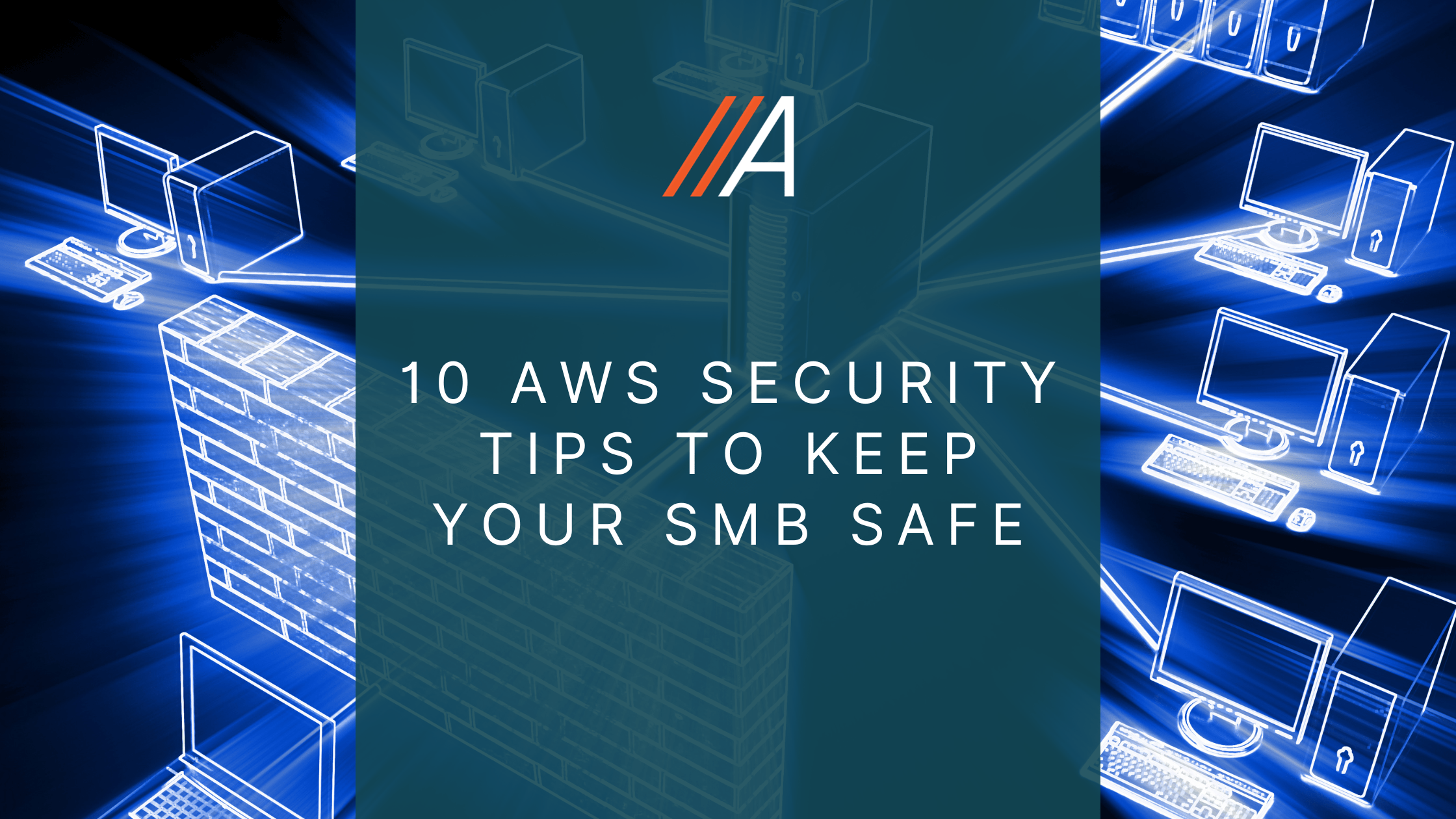As small and medium-sized businesses (SMBs) increasingly rely on cloud services to run their operations, security becomes more important than ever. AWS (Amazon Web Services) offers powerful security features that can safeguard your business from threats—but only if configured correctly. To help ensure your SMB stays protected, here are 10 essential AWS security tips that every business should implement.
1. Enable Multi-Factor Authentication (MFA) for All Users
MFA adds an extra layer of security to your AWS account by requiring not just a password, but a secondary verification method, like a code sent to your phone. This helps prevent unauthorized access even if a password is compromised. Ensure that MFA is mandatory for all users, especially administrators.
2. Leverage Identity and Access Management (IAM) Roles and Policies
AWS Identity and Access Management (IAM) allows you to define roles and set policies that grant specific permissions to users or services. Instead of giving users full access to your AWS resources, follow the principle of least privilege by only granting the necessary permissions.
3. Enable CloudTrail for Comprehensive Auditing
AWS CloudTrail provides visibility into API calls made in your AWS environment, allowing you to track user activity and detect suspicious actions. Ensure that CloudTrail is enabled across all regions and that logs are being stored securely for auditing and compliance.
4. Use AWS Key Management Service (KMS) for Encryption
Encryption is critical for protecting sensitive data. AWS Key Management Service (KMS) simplifies encryption by enabling you to manage encryption keys centrally. Ensure that your data is encrypted at rest and in transit, whether it’s in an S3 bucket, database, or other storage service.
5. Enable Amazon GuardDuty for Continuous Threat Detection
Amazon GuardDuty is a threat detection service that continuously monitors for malicious activity in your AWS environment. By analyzing data from CloudTrail, VPC Flow Logs, and DNS logs, GuardDuty can identify compromised instances, unauthorized access attempts, and more.
6. Implement Security Groups and Network Access Control Lists (NACLs)
Security groups and NACLs act as virtual firewalls to control inbound and outbound traffic to your AWS resources. Ensure that these controls are configured properly to restrict unnecessary traffic. Be especially mindful of rules that open up access to the entire internet (0.0.0.0/0).
7. Regularly Rotate Access Keys
If your users or applications rely on AWS access keys, make sure these keys are rotated regularly to reduce the risk of long-term exposure. It’s also important to avoid hardcoding access keys in your applications—use environment variables or AWS Secrets Manager instead.
8. Patch and Update Instances Regularly
Keeping your AWS instances up to date with the latest security patches is crucial. Automate this process by using AWS Systems Manager Patch Manager to apply patches across all of your instances based on predefined schedules and compliance policies.
9. Use VPC Endpoints for Secure Connectivity
Virtual Private Cloud (VPC) endpoints enable private connectivity between your VPC and other AWS services, such as S3 or DynamoDB, without requiring internet access. This reduces the attack surface by ensuring that traffic never leaves AWS’s network.
10. Backup Data Regularly with AWS Backup
Accidents happen, and data loss can be catastrophic for an SMB. Use AWS Backup to automate and centralize data backups across your AWS services, ensuring that you have copies stored securely and can restore them if necessary.
Final Thoughts
Security in the cloud is a shared responsibility between AWS and your business. While AWS provides a secure infrastructure, it’s up to you to ensure that your resources are properly configured and protected. By following these 10 tips, you’ll significantly reduce the risk of breaches and help keep your SMB safe in the cloud.
Make sure to review your security settings regularly, stay informed of AWS updates, and consult with experts when needed. Your business’s security is an ongoing process, and proactive measures can go a long way in protecting your valuable data and assets.
Recent Posts
- Re:Invent 2025 – ATG Customer Dinner with Arctic Wolf
- Re:Invent 2025 – Sportsbook Happy Hour & Mad Apple Show
- Finger Lickin’ Frameworks: A BBQ and Bourbon Event with ATG and Vanta
- Enhancing Public Safety: How Valor Systems Automated Incident Summarization with AWS Public Safety & Security Software
- Case Study: How a Jewelry Company gained Real-Time COGS Visibility with AWS Retail & eCommerce
- Case Study: MSP for SembraCare
Last Updated on September 17, 2024 by Lauryn Colatuno


